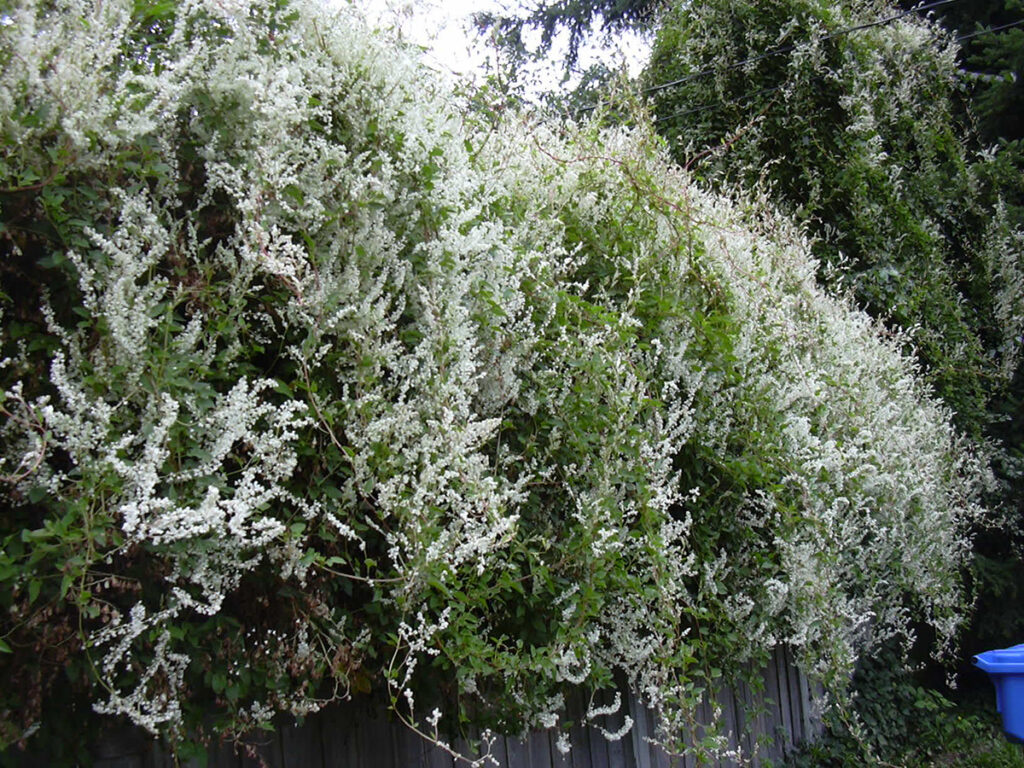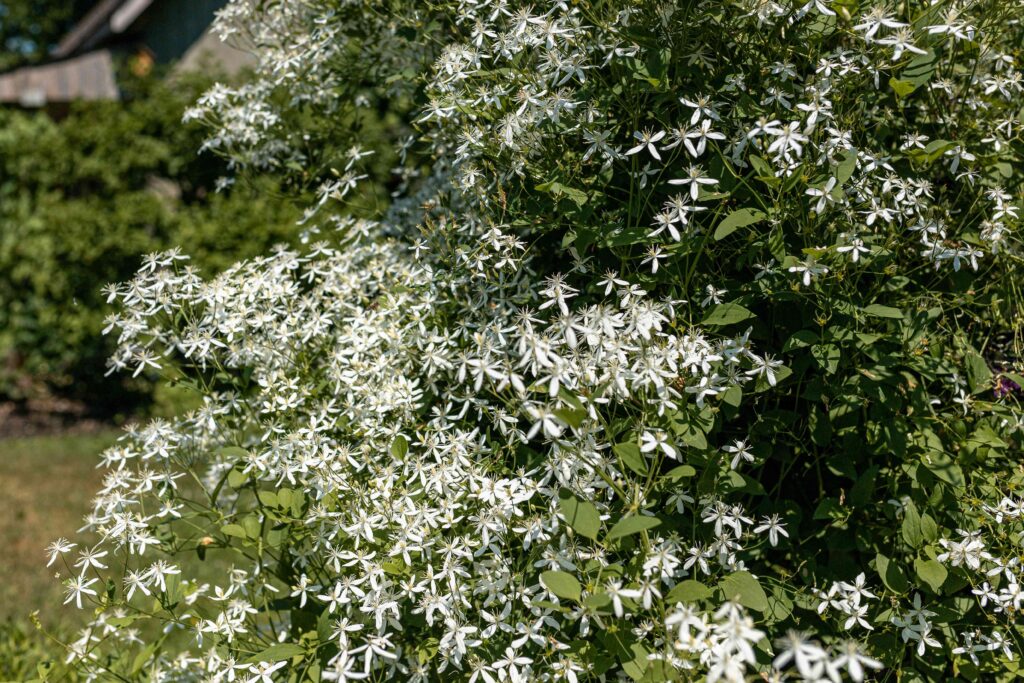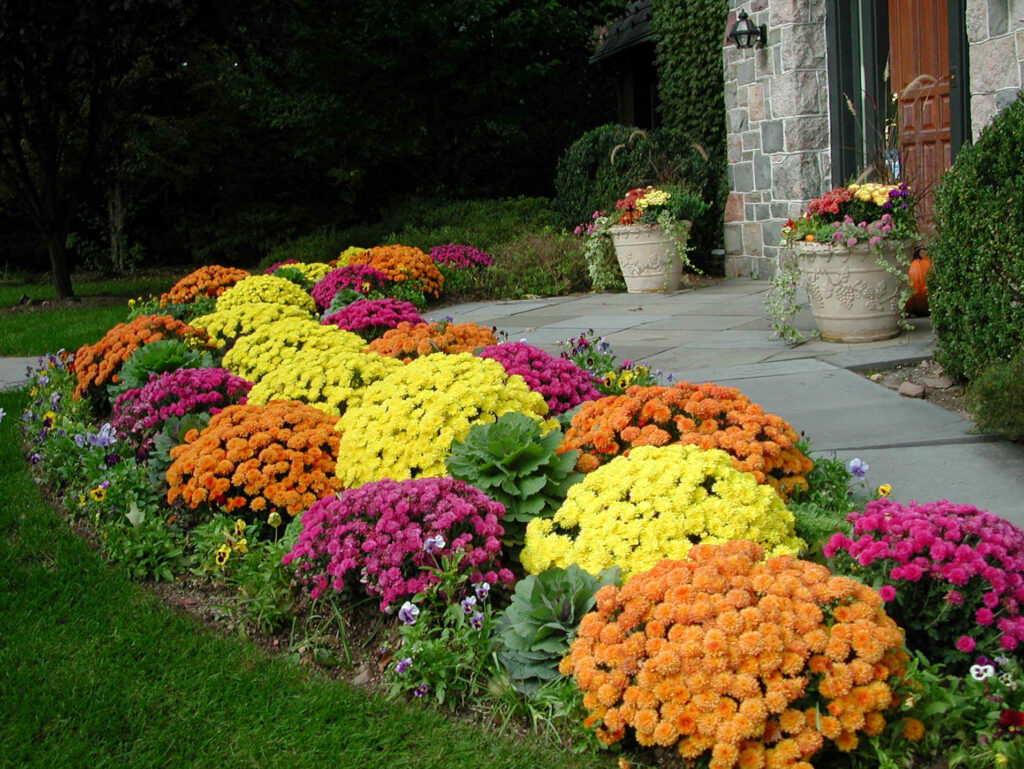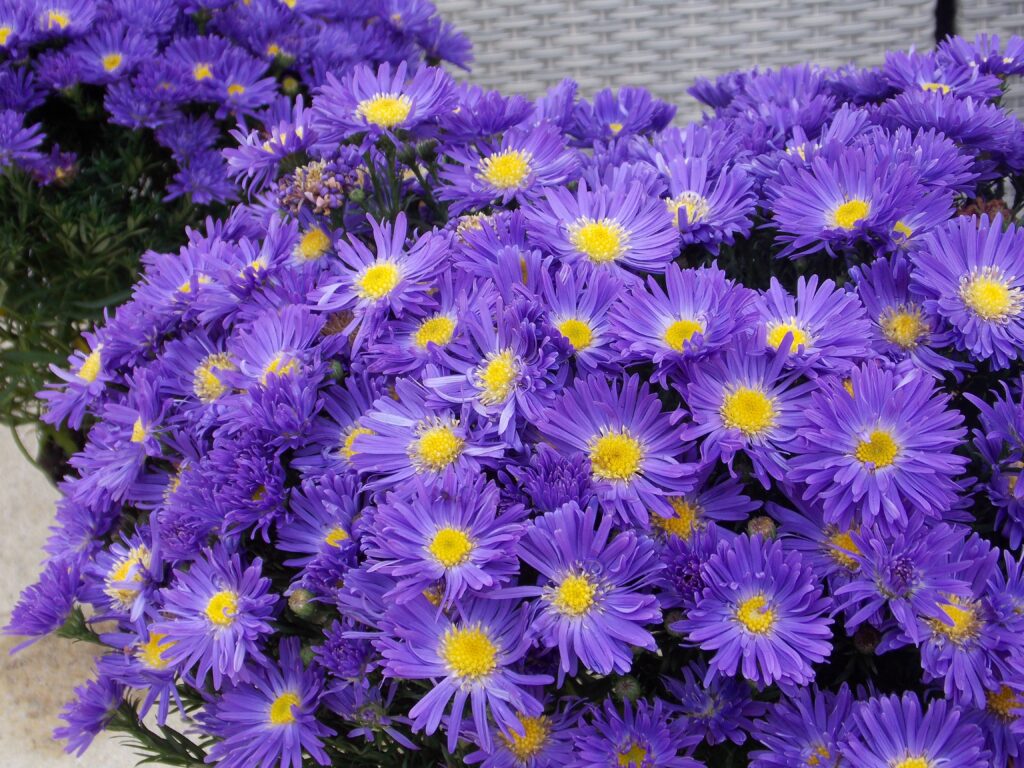Making a move by moving to a new city is an exciting opportunity for a fresh start, but it comes with its own set of challenges. From understanding the local culture to finding the right neighborhood, there are numerous factors to consider to ensure a smooth transition. Planning ahead and staying organized can make the process less overwhelming and help you settle into your new surroundings with ease. This guide covers essential steps to help you navigate the complexities of relocation and make your move as seamless as possible.
Researching Housing Costs
Understanding the financial landscape of your new city is crucial. Housing costs can vary significantly, and it’s important to ensure they fit within your budget. Take some time to research housing trends to make an informed decision about whether it’s better for you to buy or rent. Carefully assessing these factors will help you make informed decisions that support your financial well-being.
Using this Time to Upgrade Your Education
Relocating to a new city is a transformative experience that extends beyond mere geographical change. It presents an opportunity to redefine your lifestyle, pursue new interests, and achieve personal growth. Whether you’re seeking to advance your career or explore new hobbies, moving can serve as a pivotal moment in your life. For those passionate about education, enrolling in an EdD program can provide the tools needed to impact educational systems while maintaining professional commitments. The flexibility of online learning allows you to balance work and study, making it a viable option for those looking to expand their expertise.
Turning to a Professional Realtor
Working with a knowledgeable realtor can make relocating to a new city significantly easier. Real estate professionals, like those at Shippy Realty, have valuable insights into local neighborhoods, schools, and amenities, helping you find a home that fits your lifestyle and needs. Their expertise can save you time and effort, ensuring you make informed decisions as you transition to your new city. Partnering with a realtor not only simplifies the home search but also provides peace of mind during this big life change.
Looking into the Cost of Living
Another key consideration is how your salary will stretch in a new environment. Using a cost of living calculator can provide insights into how expenses like housing, food, and taxes compare between your current and prospective locations. If the cost of living is higher, you might need to negotiate a higher salary or seek job opportunities with better compensation. Conversely, some cities offer lower tax rates, which could help balance out increased costs.
Choosing the Right Location
Choosing the right location within your new city can greatly enhance your quality of life. Proximity to work and essential services can reduce commute times and simplify daily routines. For families, living near reputable schools is often a priority, as it not only eases logistics but can also increase property values. Additionally, having healthcare facilities and supermarkets nearby ensures quick access to necessary services, providing peace of mind.
Checking Out Zoning Laws
It’s also wise to anticipate neighborhood changes by understanding local zoning regulations and future development plans – especially if you have entrepreneurial ambitions. These insights can help you foresee shifts in community dynamics, such as increased density or new amenities. Engaging with local urban planners can provide valuable information, allowing you to make informed decisions about your new home.
Building Your New Network
Finally, building a network in your new city is essential for both personal and professional growth. Immersing yourself in community groups and events can help you form meaningful connections. Whether it’s joining a sports league or attending networking events, these activities can transform acquaintances into genuine friends and provide insights into the local culture.
Relocating to a new city is an opportunity to embrace change and create a new chapter in your life. By carefully considering your priorities, seeking professional support, and planning ahead, you can turn the challenges of moving into a rewarding experience. Approach the transition with an open mind, and take the time to explore and adapt to your new environment. A well-thought-out move ensures that your new city feels like home in no time.
Discover your dream property with Shippy Realty & Auction, where our expert team goes above and beyond to meet your real estate needs!
Author Andrea Needham: Andrea Needham is the creator and editor at Elders Day. A lifelong writer, she created her website to share information and resources with other seniors who love living it up as they age. Andrea believes our golden years don’t have to be a time to slow down, and she looks forward to sharing the many health-boosting, fulfilling activities and experiences that are perfect for aging adults.




